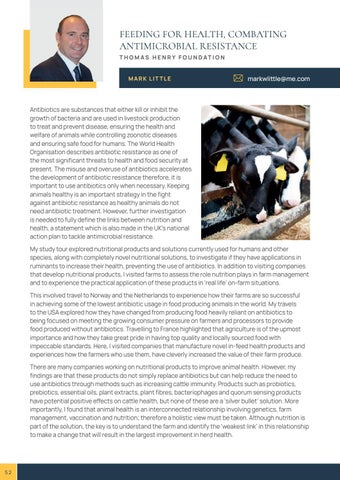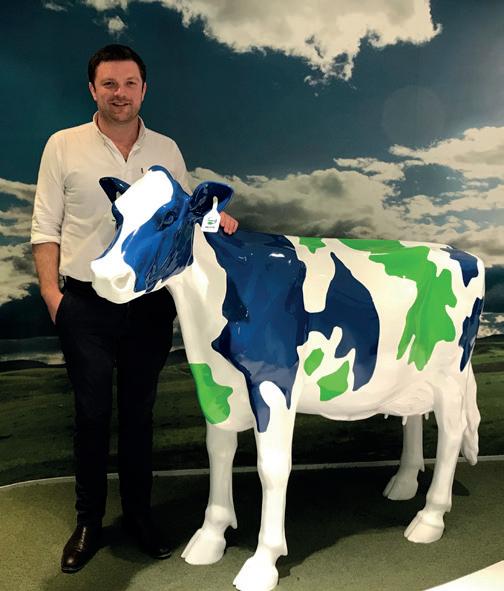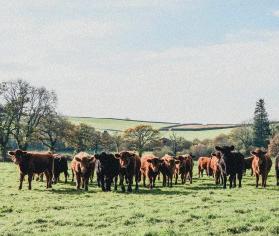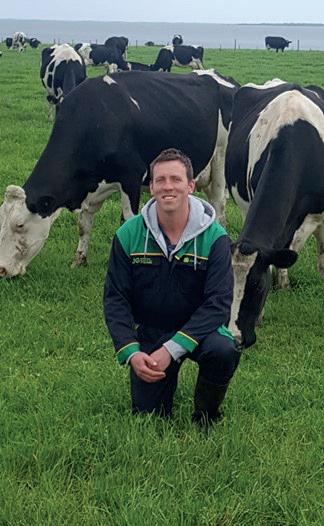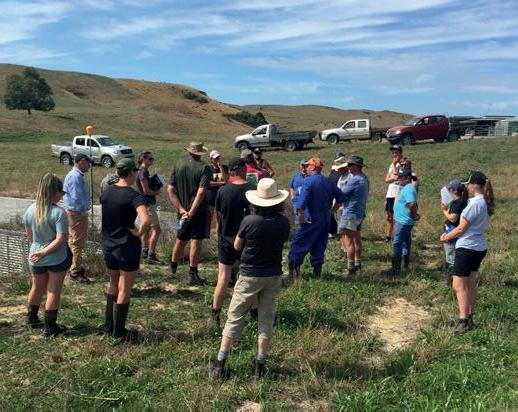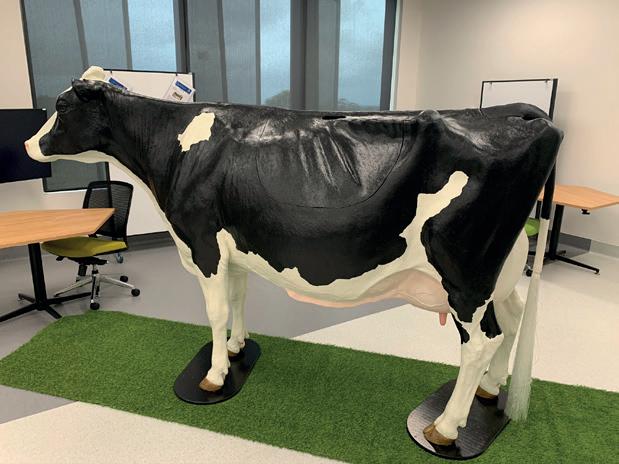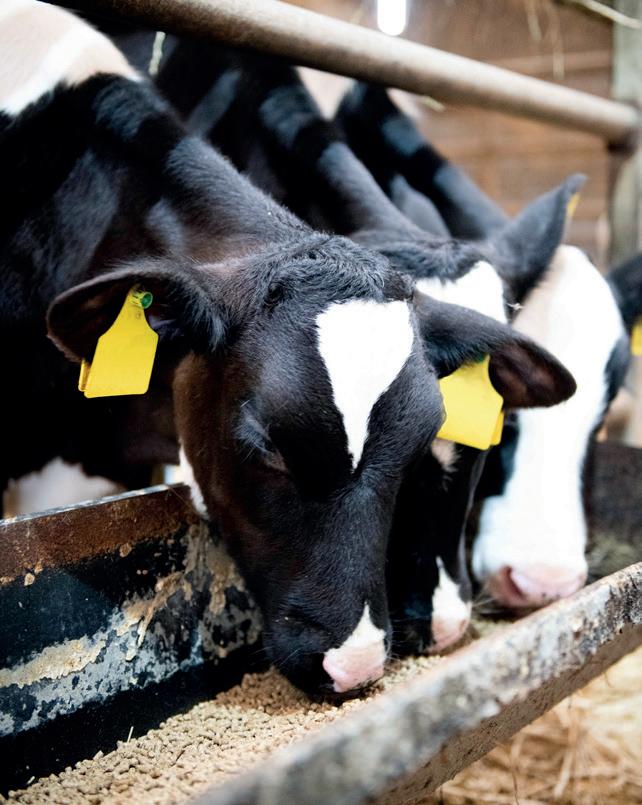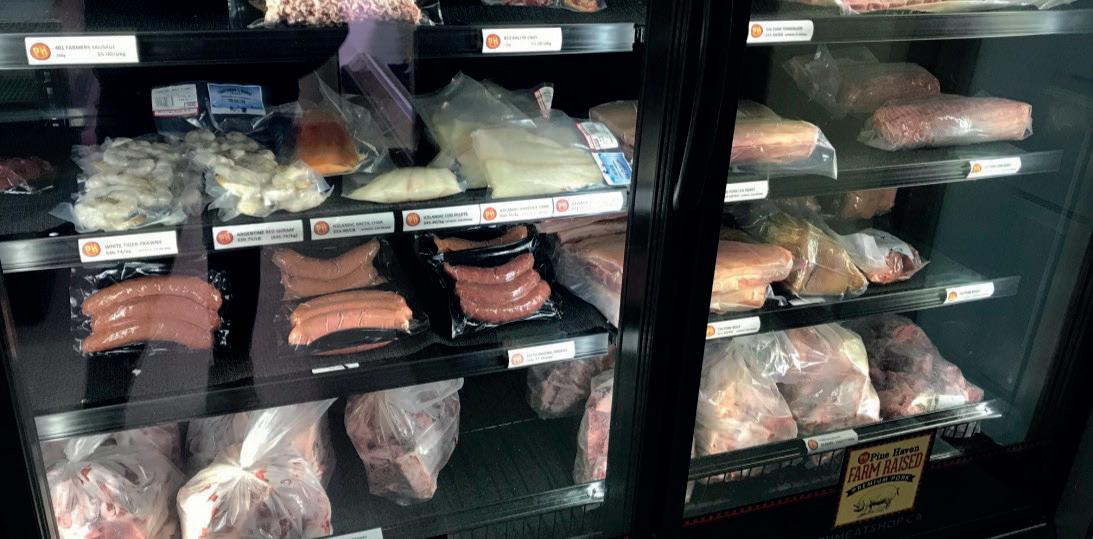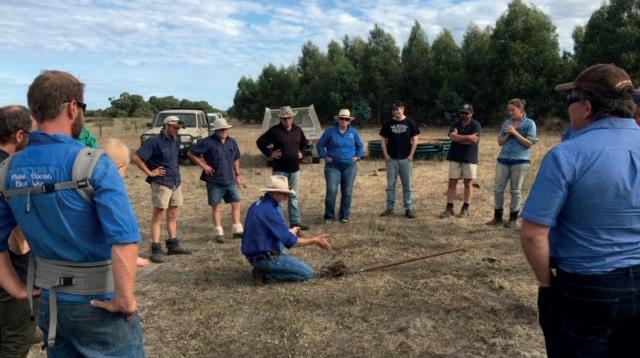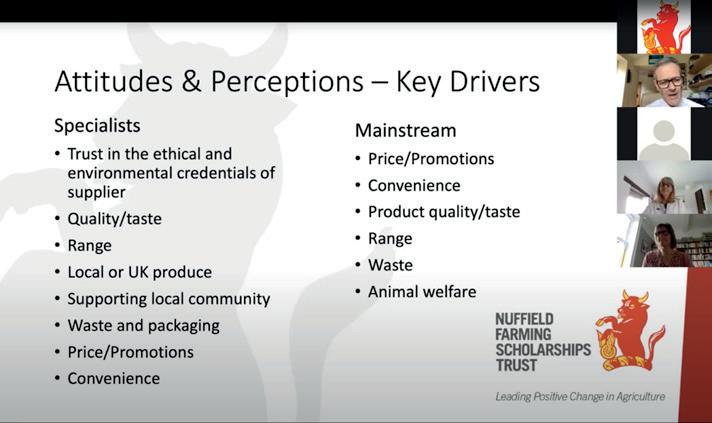FEEDING FOR HEALTH, COMBATING ANTIMICROBIAL RESISTANCE T H O M AS H E N R Y F O U N DAT I O N MARK LIT TLE
markwlittle@me.com
Antibiotics are substances that either kill or inhibit the growth of bacteria and are used in livestock production to treat and prevent disease, ensuring the health and welfare of animals while controlling zoonotic diseases and ensuring safe food for humans. The World Health Organisation describes antibiotic resistance as one of the most significant threats to health and food security at present. The misuse and overuse of antibiotics accelerates the development of antibiotic resistance therefore, it is important to use antibiotics only when necessary. Keeping animals healthy is an important strategy in the fight against antibiotic resistance as healthy animals do not need antibiotic treatment. However, further investigation is needed to fully define the links between nutrition and health, a statement which is also made in the UK’s national action plan to tackle antimicrobial resistance. My study tour explored nutritional products and solutions currently used for humans and other species, along with completely novel nutritional solutions, to investigate if they have applications in ruminants to increase their health, preventing the use of antibiotics. In addition to visiting companies that develop nutritional products, I visited farms to assess the role nutrition plays in farm management and to experience the practical application of these products in ‘real life’ on-farm situations. This involved travel to Norway and the Netherlands to experience how their farms are so successful in achieving some of the lowest antibiotic usage in food producing animals in the world. My travels to the USA explored how they have changed from producing food heavily reliant on antibiotics to being focused on meeting the growing consumer pressure on farmers and processors to provide food produced without antibiotics. Travelling to France highlighted that agriculture is of the upmost importance and how they take great pride in having top quality and locally sourced food with impeccable standards. Here, I visited companies that manufacture novel in-feed health products and experiences how the farmers who use them, have cleverly increased the value of their farm produce. There are many companies working on nutritional products to improve animal health. However, my findings are that these products do not simply replace antibiotics but can help reduce the need to use antibiotics through methods such as increasing cattle immunity. Products such as probiotics, prebiotics, essential oils, plant extracts, plant fibres, bacteriophages and quorum sensing products have potential positive effects on cattle health, but none of these are a ‘silver bullet’ solution. More importantly, I found that animal health is an interconnected relationship involving genetics, farm management, vaccination and nutrition; therefore a holistic view must be taken. Although nutrition is part of the solution, the key is to understand the farm and identify the ‘weakest link’ in this relationship to make a change that will result in the largest improvement in herd health.
52
